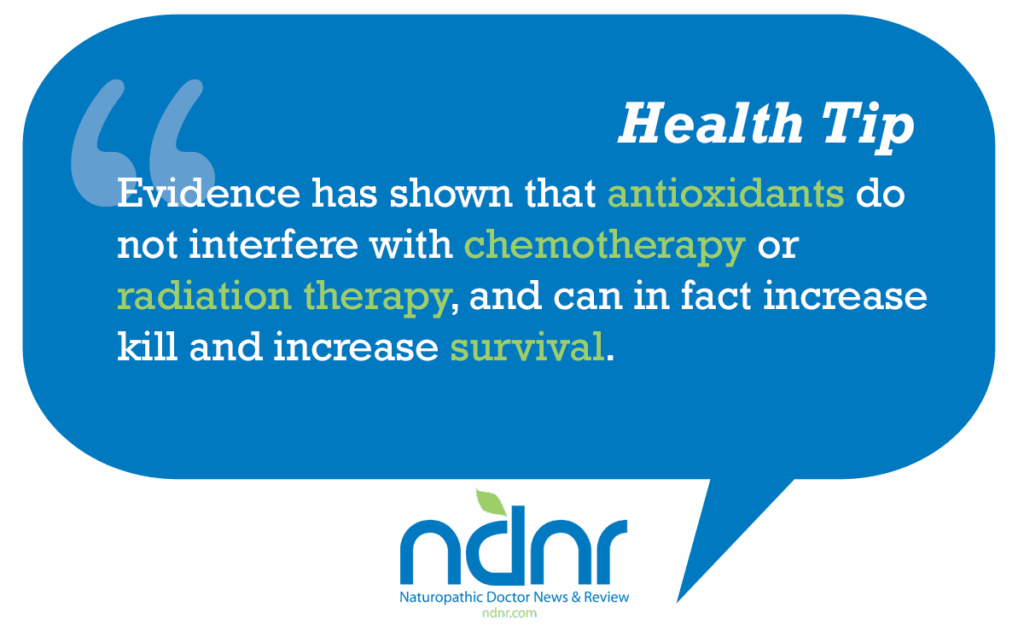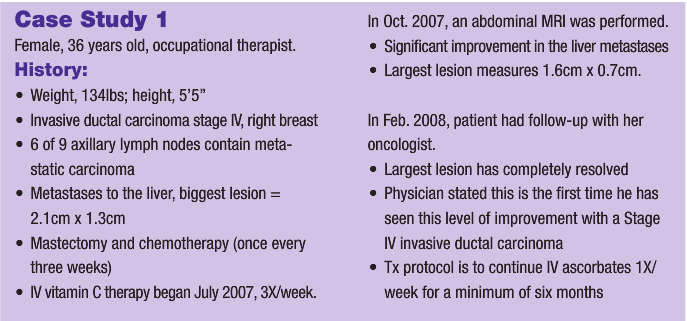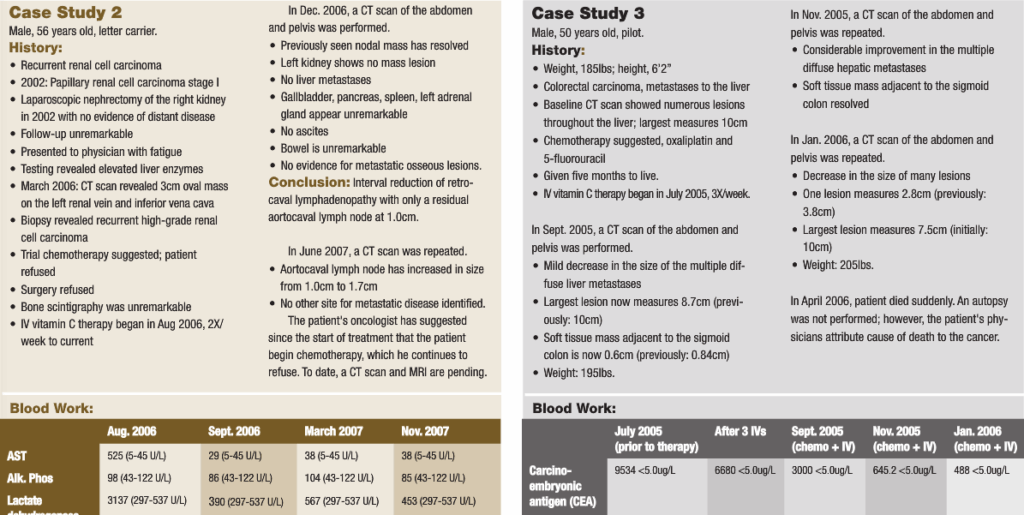Michael Um
The impact of cancer on society is astronomical. About 565,650 Americans are expected to die of cancer this year; that is more than 1,500 people a day. In the U.S., cancer accounts for one out of every four deaths. The National Institutes of Health estimate overall costs for cancer in 2007 at $219.2 billion. The lifetime risk of developing cancer increases with age: about 77% of all cancers are diagnosed in persons 55 and older. To put this into perspective, 1 in 12 males and 1 in 11 females between the ages of 40-59 and 1 in 6 males and 1 in 9 females between the ages of 60-69 will develop cancer (American Cancer Society, 2007.).
With the aging of the population, there has been very little change in regards to the therapeutics being offered to the cancer patient today. The standard allopathic protocol (depending on the cancer) is chemotherapy, surgery and/or radiation. More and more money is being poured into cancer research, but from the research lab to actual clinical practice, the impact to cancer patients cannot come fast enough. So what can be done now? What can we NDs offer the cancer patient sitting in our office today?
Vitamin C and Cancer
Some 30 years ago in a hospital in Scotland, important discoveries regarding vitamin C and cancer were taking place by Drs. Pauling and Cameron. Since that point, vitamin C – specifically its impact on cancer – has been the most researched and controversial vitamin utilized by NDs for cancer therapy. In fact, several theories on vitamin C and cancer have existed, even prior to the famous trials at Vale of Leven hospital in Scotland. In 1954 and 1959, Canadian physician WJ McCormick formulated the hypothesis that cancer is a collagen disease, secondary to a deficiency in vitamin C (Cameron and Pauling, 1993). With this initial step, we NDs and, more importantly, our patients have been able to benefit from this research. We have a therapy that can have a great impact on patients diagnosed with cancer.
This research has indicated that only IV vitamin C can achieve a level within the plasma that is cytotoxic to some cancer cells but nontoxic to normal cells (Padayatty et al., 2006). Pharmacokinetic studies have shown that extracellular vitamin C at concentrations greater than 1000µmol/L is selectively toxic to cancer cells. Large oral doses of vitamin C (18g/day) will increase plasma concentrations only modestly, from 70µmol/L to a maximum of 220µmol/L, whereas IV administration raises plasma concentrations as high as 14,000µmol/L (Padayatty et al., 2006, 2004). IV vitamin C can act as a chemotherapeutic agent with none of the side effects typical of conventional chemotherapy. Importantly, in order to achieve these levels for a prolonged time, dosage and duration is imperative (Riordan et al., 2000).
Unfortunately for the patient who has just been diagnosed with cancer, the majority of oncologists will vehemently oppose the use of IV vitamin C, reasoning that the vitamin C along with all antioxidants will negate the impact of chemotherapy. Yet, evidence has shown that antioxidants do not interfere with chemotherapy or radiation therapy, and can in fact increase kill and increase survival (Simone 2nd et al., 2007; Block et al., 2007).
Vitamin C is not the magic bullet. However, it empowers the patient to face their challenge, allowing them to have some form of control over this disease. It will help with their quality of life and with the fight against the cancer (Yeom et al., 2007).
In the accompanying case studies, all three patients received 50g of vitamin C via IV, and took 250mg of alpha lipoic acid, a water and lipid-soluble antioxidant that recycles vitamin C and can enhance the tumor toxic effects of vitamin C (Riordan et al., 2000). During the days between receiving IV vitamin C, it has been recommended that patients take oral vitamin C for bowel tolerance. All the appropriate blood work has been reviewed. However, practicing in Canada, there are many obstacles to overcome, and at our clinic we rely heavily on patients to obtain certain blood markers and test results.


 Michael Um, ND received his ND degree from CCNM, and his honors bachelor degree in the human biology specialist program from the University of Toronto.During his undergraduate years, Dr. Um worked with a clinical biochemistry research team at the Hospital for Sick Kids in Toronto. While there, he worked on research regarding multiple sclerosis. Then, while attending CCNM, Dr. Um attended patients both on and off campus, including Anishnawabe, an external naturopathic clinic for the aboriginal community, and at the People With Aids external naturopathic clinic, which provides free service to HIV-positive patients.Dr. Um currently works at Naturo-Medic.com in St. Catherines, Ontario.
Michael Um, ND received his ND degree from CCNM, and his honors bachelor degree in the human biology specialist program from the University of Toronto.During his undergraduate years, Dr. Um worked with a clinical biochemistry research team at the Hospital for Sick Kids in Toronto. While there, he worked on research regarding multiple sclerosis. Then, while attending CCNM, Dr. Um attended patients both on and off campus, including Anishnawabe, an external naturopathic clinic for the aboriginal community, and at the People With Aids external naturopathic clinic, which provides free service to HIV-positive patients.Dr. Um currently works at Naturo-Medic.com in St. Catherines, Ontario.
References
American Cancer Society: Facts and Figures 2008, www.cancer.org.
Cameron E and Pauling L: Cancer and Vitamin C. Philadelphia, 1993, Camino Books.
Padayatty SJ et al: Intravenously administered vitamin C as cancer therapy: three cases, Canadian Medical Association Journal Mar 28;174(7):937-42, 2006.
Padayatty SJ et al: Vitamin C pharmacokinetics: implications for oral and intravenous use, Ann Intern Med 140:533-7, 2004.
Riordan NH et al: Clinical and experimental experiences with intravenous vitamin C, Journal of Orthomolecular Medicine 15:201-3, 2000.
Simone CB 2nd et al: Antioxidants and other nutrients do not interfere with chemotherapy or radiation therapy and can increase kill and increase survival, Part 2, Alternative Therapies in Health and Medicine Mar-Apr;13(2):40-7, 2007.
Block KI et al: Impact of antioxidant supplementation on chemotherapeutic efficacy: a systematic review of the evidence from randomized controlled trials, Cancer Treatment Reviews Aug;33(5):407-18, 2007.
Yeom CH et al: Changes of terminal cancer patients’ health-related quality of life after high dose vitamin C administration, Journal of Korean Medical Science Feb;22(1):7-11, 2007.

